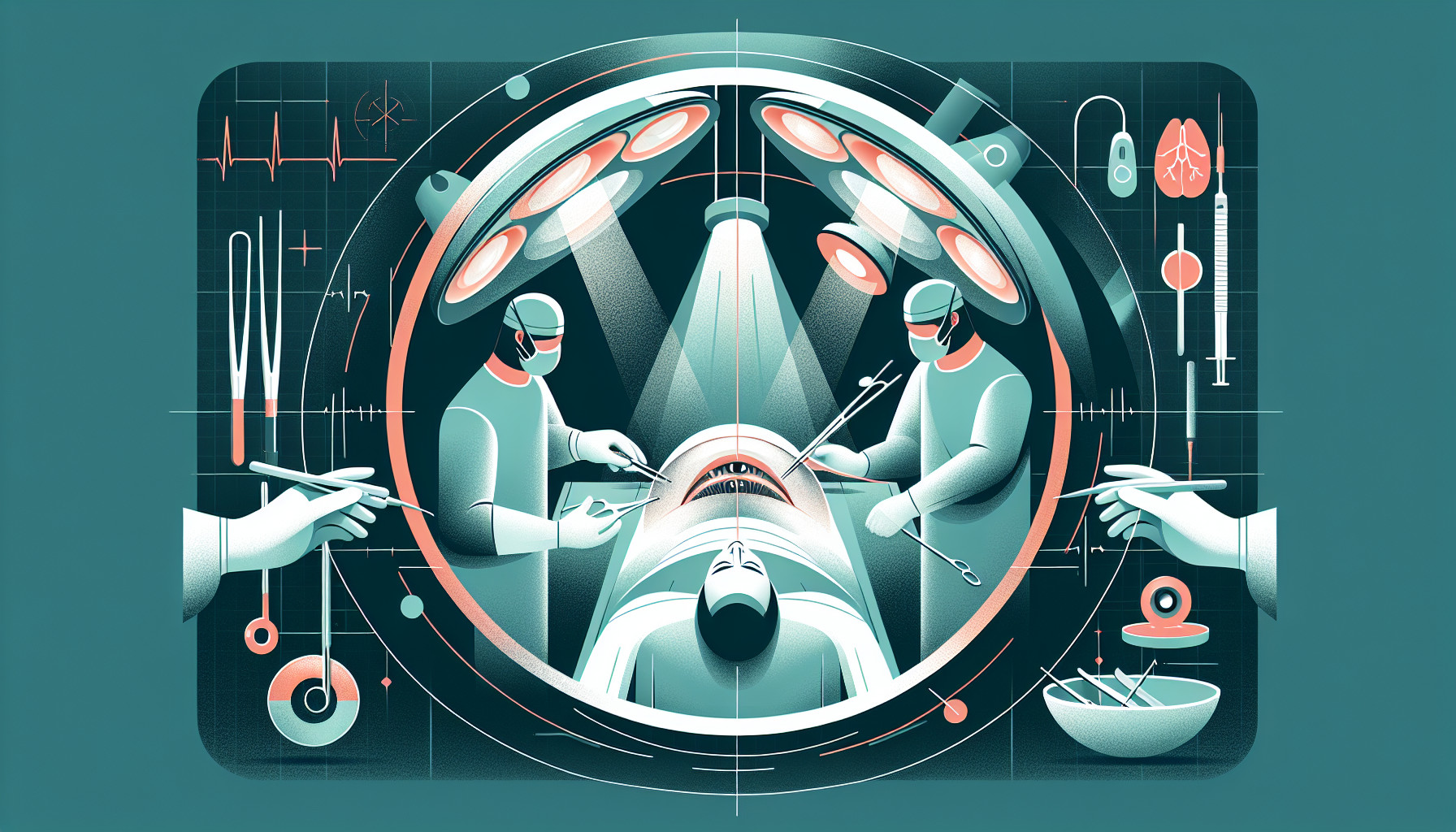Our Summary
This research paper is a review of scientific literature on cataract surgery performed using a femtosecond laser, a device that emits very short pulses of light. The researchers looked at a large number of scientific databases and used specific search terms to find relevant studies, finally reviewing 121 different articles.
These articles covered various aspects of the surgery, from the initial incisions made in the cornea to the fragmentation and removal of the cloudy lens. The review also looked at the rate of complications, the findings of larger studies, and the financial implications of using this type of surgery in various healthcare settings.
The conclusion drawn from this review is that femtosecond laser-assisted cataract surgery currently does not offer better results than traditional cataract surgery, where an ultrasound device is used to break up the lens. The laser surgery also isn’t more cost-effective. However, it may be a useful tool in specific complex cataract cases, despite not generally leading to better outcomes.
FAQs
- What is femtosecond laser-assisted cataract surgery and how was it reviewed in this research?
- According to the research, how does the results of femtosecond laser-assisted cataract surgery compare to traditional cataract surgery?
- Are there any specific cases where femtosecond laser-assisted cataract surgery might be more beneficial, as per the research’s findings?
Doctor’s Tip
A helpful tip a doctor might tell a patient about cataract surgery is to follow all pre-operative instructions provided by the surgeon, such as avoiding eating or drinking anything after midnight on the night before the surgery. It is also important to have someone available to drive you home after the procedure, as your vision may be temporarily blurry or sensitive to light. Additionally, be sure to attend all follow-up appointments to monitor your healing progress and address any concerns.
Suitable For
Overall, patients who are recommended for cataract surgery are those who have vision impairment due to cataracts that cannot be corrected with glasses or contact lenses. This includes patients who have difficulty with daily activities such as driving, reading, or seeing clearly in low light. Additionally, patients with significant glare or halos around lights, as well as those with a decrease in contrast sensitivity, may also be recommended for cataract surgery.
Patients who have cataracts that are causing other eye conditions, such as glaucoma or macular degeneration, may also be recommended for surgery to improve their overall eye health. Additionally, patients who have cataracts in both eyes may undergo surgery in both eyes, typically one at a time, to improve their vision in both eyes.
Overall, the decision to undergo cataract surgery is typically based on the patient’s symptoms, the severity of the cataracts, and the impact on their daily life activities. It is important for patients to discuss their options with their eye care provider to determine if cataract surgery is the best course of treatment for their individual situation.
Timeline
Before cataract surgery:
- Patient undergoes a comprehensive eye exam to determine the extent of the cataract and overall eye health
- Patient meets with an ophthalmologist to discuss the procedure, potential risks, benefits, and expectations
- Pre-operative measurements are taken to determine the appropriate lens implant for the patient
- Patient receives instructions on how to prepare for surgery, including fasting before the procedure
- Patient may be prescribed eye drops to reduce the risk of infection and inflammation
After cataract surgery:
- Patient is monitored in a recovery area immediately after surgery
- Patient may experience mild discomfort, itching, or sensitivity to light in the days following surgery
- Patient may be prescribed antibiotic and anti-inflammatory eye drops to prevent infection and reduce inflammation
- Patient is instructed to avoid strenuous activities, swimming, and rubbing the eyes during the initial healing period
- Follow-up appointments are scheduled to monitor healing and visual acuity
- Patient may need to wear glasses or contacts to achieve optimal vision after surgery
Overall, cataract surgery is a relatively quick and safe procedure that can significantly improve a patient’s vision and quality of life.
What to Ask Your Doctor
Some questions a patient should ask their doctor about cataract surgery, especially if considering femtosecond laser-assisted surgery, may include:
- What are the differences between traditional cataract surgery and femtosecond laser-assisted cataract surgery?
- Are there any specific benefits or advantages to undergoing cataract surgery with a femtosecond laser?
- What is the success rate of femtosecond laser-assisted cataract surgery compared to traditional surgery?
- What are the potential risks or complications associated with femtosecond laser-assisted cataract surgery?
- How does the cost of femtosecond laser-assisted cataract surgery compare to traditional cataract surgery?
- Are there any specific criteria or factors that would make me a good candidate for femtosecond laser-assisted cataract surgery?
- How experienced are you in performing cataract surgery with a femtosecond laser?
- What is the recovery process like for femtosecond laser-assisted cataract surgery compared to traditional surgery?
- How soon after surgery can I expect to see improvements in my vision?
- Are there any long-term considerations or follow-up appointments needed after undergoing femtosecond laser-assisted cataract surgery?
Reference
Authors: Roberts HW, Day AC, O’Brart DP. Journal: Eur J Ophthalmol. 2020 May;30(3):417-429. doi: 10.1177/1120672119893291. Epub 2019 Dec 4. PMID: 31801354
